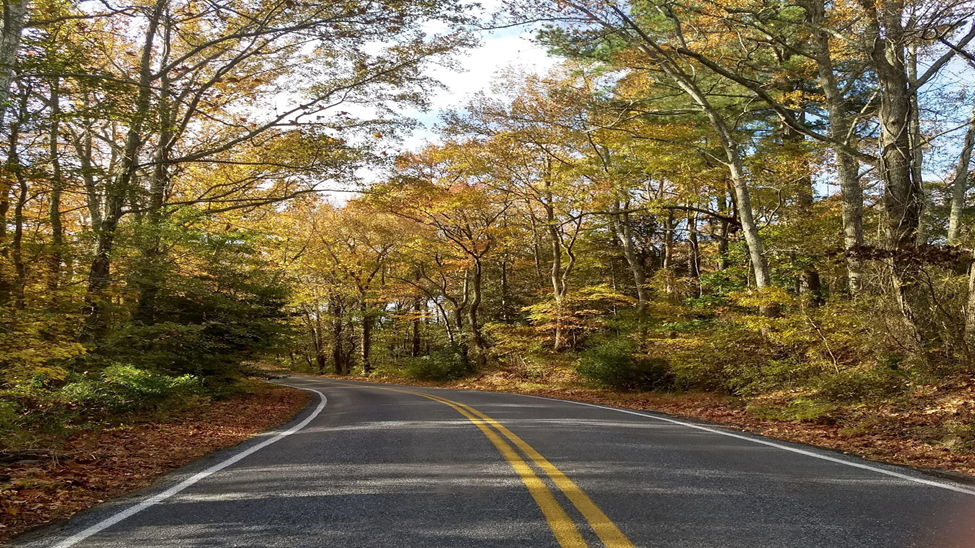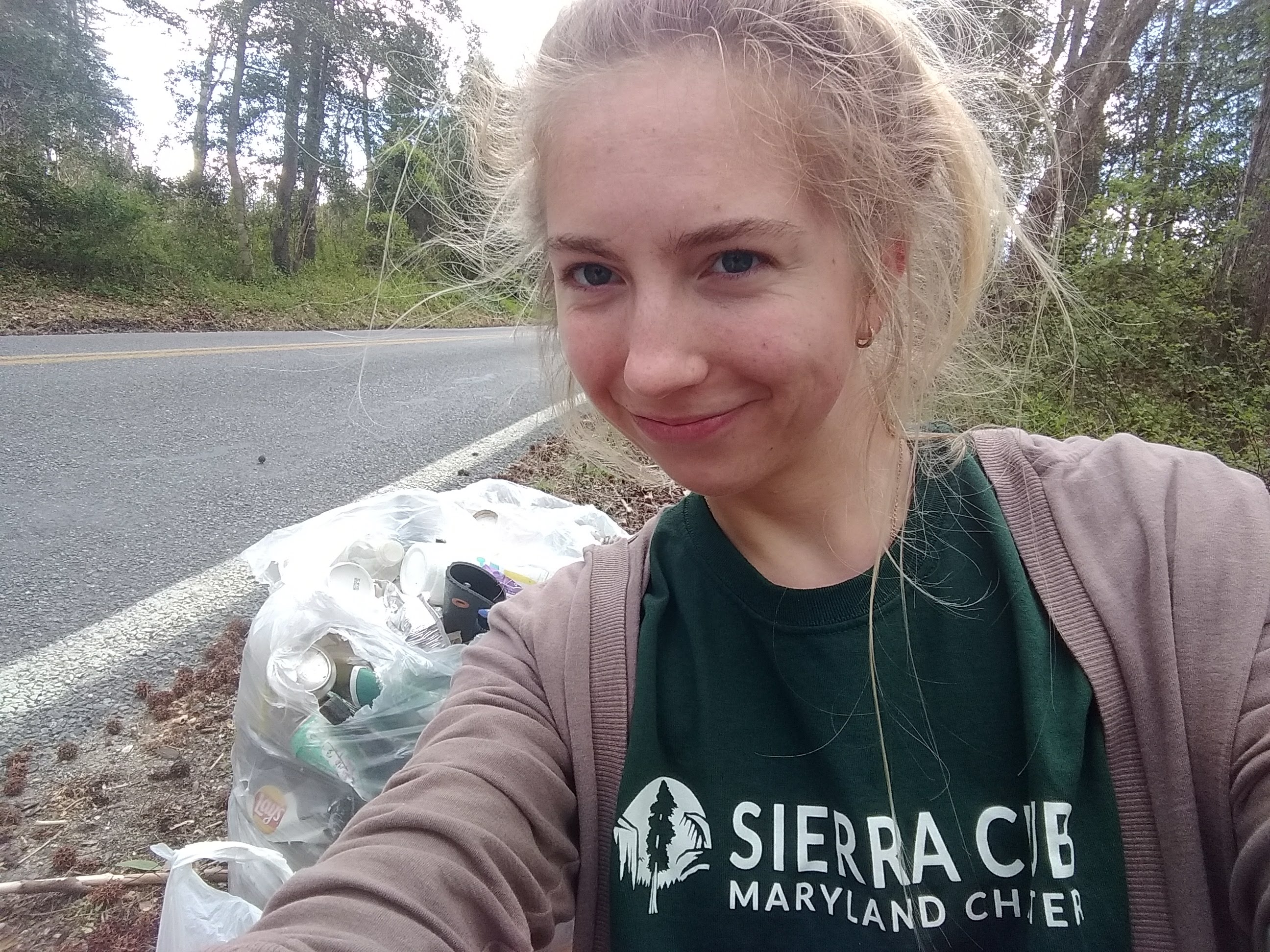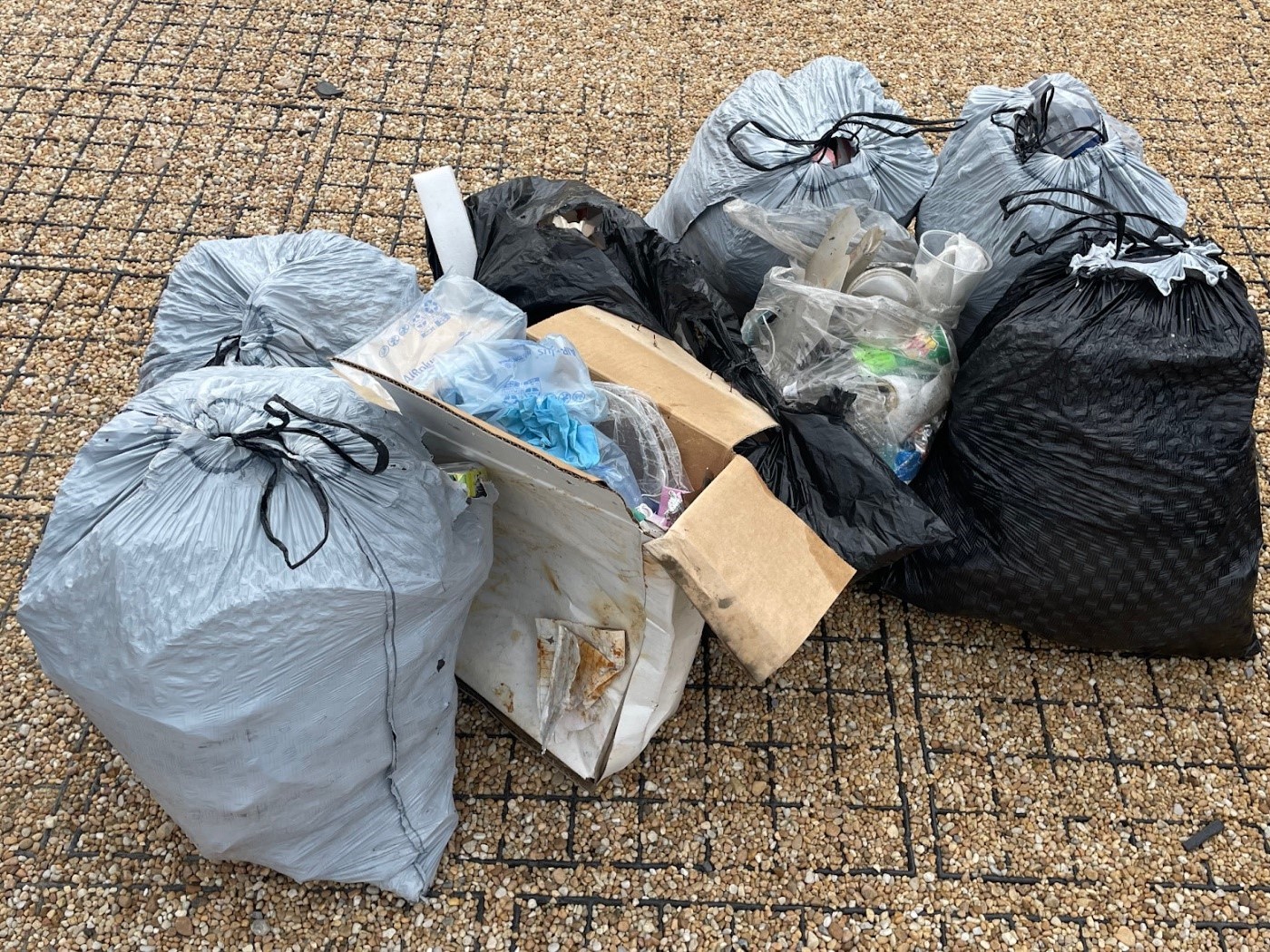
By: Adrianna Danvers, Maggie Neuman, Stacie Lally
As college students we constantly see trash being left on the ground around campus. One road in particular by St. Mary’s College of Maryland, Mattapany Road, had a lot of litter along the sides. We decided for a final project in our environmental justice class that we would do a roadside cleanup. We spent close to 3 hours cleaning and collected 8 bags of trash and had done only about a half-mile of the road. We were shocked at how many bags we were able to fill covering such a short distance. By the next day, we already saw new trash appear in the areas we had just cleaned. Littering is a prominent issue in today’s society which creates many environmental health concerns.
Ever since we were little we were told not to litter, and for a good reason! Not only is littering illegal, but it has impacts on our health, animals' health, the economy, and the beauty of our environment. States can pay millions of dollars to clean up roadways and these are usually just the worst areas. It can also have costs by impacting car insurance and tourism. Litter can cause many vehicle collisions, which impacts insurance rates. Littering is also not attractive to look at and can sometimes impact tourism if the attraction has a lot of litter present. It can also affect the appeal of areas that have a hard time controlling litter which can deter real estate and business growth in that area.
Nobody wants to see our streets covered with trash, and littering can easily be prevented. Most of the time people will litter if they see that there is trash already there. Therefore, if you see trash on the ground you should pick it up! If not, that area is at high risk to continue to accumulate trash. Another reason you do not want to litter is that it is illegal in most states. In Maryland particularly, the offenses, if caught, can be from having to pay a $1,500 to $30,000 fines or spending up to 30 days to 5 years in prison. That could be a high cost for something as preventable as littering.
Not only are there financial costs to littering but also health costs. Littering can not only lead to harmful vehicle collisions but can also cause injury, pollution, and can be breeding grounds for bacteria and disease. People and children can be injured by improperly discarded waste whether it be stepping of broken glass or ingesting toxic materials, like cigarette buds. Many people tend to just throw their cigarettes out of their car when smoking and driving. This can not only be harmful if swallowed by children or animals but also has the potential of starting fires. Accumulated waste can be breeding grounds for organisms like mosquitos, which can then spread diseases. Microplastics are also a big issue. When plastic ends up in our oceans it can become microplastics. Microplastics can then end up in humans after ingesting them or even inhaling them. The costs littering can have to human health is high and is a very real issue.
Litter does not only impact us, but our native Maryland wildlife. According to a blog post from the Alberta Institute for Wildlife Conservation, animals have an impressive sense of sight and smell, which often leads them in the direction of food. These super senses unfortunately cause them to often consume dangerous amounts of trash from littered food packaging, such as chip bags, candy wrappers, juice bottles and soda cans— all of which we collected during our clean-up on Mattapany. Most of these items are thin plastic materials, which can easily get stuck in animals’ throats, causing them to suffocate, or in their digestive tract, causing them to starve.
Litter ingestion isn’t the only threat to wildlife. Trash such as broken glass and crushed aluminum cans also cut and injure animals, leading to fatal wounds or infections, while household waste and toxic cleaners can cause extreme illness or death. There are also small streams and brooks in the woods off of Mattapany, home to small aquatic life and waterfowl at risk of being tangled and caught by the plastic bags we found there. We even spotted a wild turkey pecking around! This natural space plays a crucial role in providing habitats and food for a diverse range of species, and needs to be protected from the harmful effects of improperly disposed human trash.
It was such a rewarding experience to clean up a natural space and habitat so important to us at St. Mary’s. Doing so showed us how easy it is to bring positive impacts to our local environment with just a few hours of teamwork. This #earthmonth, we challenge you to do the same. Pick a natural space in your community in need of a clean-up, grab your friends and some trash bags and gloves, and give the planet a little love. Post a pic and tag @sierraclubmd with #earthmonth!
 |
 |
Adrianna, Maggie, and Stacie are all sophomores at St. Mary’s College of Maryland and volunteer with the Sierra Club.